Nestled away in Old Aberdeen, lies a historic but unfamiliar example of the Granite City’s trademark gothic architecture.
Landmarks such as Marischal College or St Nicholas’ Kirk are instantly recognisable, but one building designed by a pioneer of Aberdeen architecture is often forgotten.
St Margaret’s Convent on Spital was home to a group of nuns for more than a century until closing its doors in the 2000s.
But now all that’s left is an obscure example of Aberdeen’s distinct 18th century religious buildings.
Its imposing east-end tower and eye-catching orange roof fight to stand out among all the overgrown bushes and tall grass.
Now, 22 years on from shutting its doors, we look back at the history of St Margaret’s Convent, and the seemingly unknown future for the standout Spital landmark.
St Margaret’s Convent formed from poverty
The story of St Margaret’s Convent dates back to the end of the Victorian era, where much of Aberdeen’s population were living in squalor.
Despite industrialisation, many locals were still residing within the old narrow streets of the city, which resulted in cramped, dingy slums rife with sickness.
Across Scotland, churches were often the most vocal advocate for helping those in poverty, and this was no different in Spital.
In 1892, the idea for St Margaret’s Chapel and Convent came about through the Rector of nearby St John’s Episcopal Church who wanted a community to care for the sick and the poor.
The convent was modelled on the 15th century Kirk of the Holy Rude in Stirling, and construction was completed just before the turn of the 20th century.
And its standout design was drawn up by one of Aberdeen’s most famous architects, who had a strong connection with the area itself.
Who was the famous face that designed the convent?
Sir John Ninian Comper was the brains behind the building’s features, and was no stranger to Spital.
Born in Aberdeen in 1864, he spent his early years living at St Margaret’s Brae next to where he would construct the convent.
His gothic work can be seen in churches across the country, with his most high-profile piece being a range of windows in the north wall of Westminster Abbey.
His career even earned him a knighthood in 1950.
Comper died 10 years later, and his ashes were interred beneath the very windows he designed in Westminster Abbey.
His legacy in Aberdeen still lives on, with a plaque honouring his commitment to the city adorning the granite walls outside St Margaret’s Convent.
St Margaret’s Convent almost became flats
Despite its glorious past, the convent fell by the wayside over the years – with the last renovation taking place in 1998, and the final group of nuns moving out soon after.
St Margaret’s Convent was close to being turned around in 2006, but plans to convert the former monastery into flats fell through.
The owners at the time, Langstane Housing Association, lodged plans to build 19 low-cost flats for rent in the iconic building.
However, councillors said the development would have “a highly detrimental impact on the character” of the A-listed building and the proposals were refused.
A year later, the convent was put on the market, and has seemingly been neglected ever since.
What’s next for St Margaret’s Convent?
In 2012, the convent was placed on the buildings at risk register, and experts went inside to find out the true condition of the Victorian era landmark.
Inspectors found the inside to be in “fair condition”, with work under way to remove rotting timber from the interior.
A further inspection seven years later revealed that not much had changed apart from some boarded up windows and broken panes.
The Press and Journal tracked down the current owners of St Margaret’s Convent to be Mrs Breidge McKeever and Mr Jaskamal Sall.
Aberdeen City Council documents from as recent as 2018 revealed that the pair had a licence granted to rent out eight bedrooms from the convent.
But as of today, there are no plans for any future use of the imposing granite monument.
Mrs McKeever was approached for comment.
Abandoned Aberdeen
The Old Aberdeen site is just one of many among a growing epidemic of vacant and derelict spots across Aberdeen.
We had a look at how the amount of abandoned land in Aberdeen has grown over the past eight years.
There are 32 more recorded derelict or vacant spaces than in 2016.
Read more:
- Demolished Old Aberdeen student halls site left abandoned for decades could be ‘reimagined’ by university
- Rubislaw Quarry sale in stalemate ONE YEAR ON as government brands redevelopment ‘uncertain’
- Abandoned Aberdeen: The 65 ‘vacant and derelict’ city sites including closed convent, forgotten pubs and bulldozed businesses
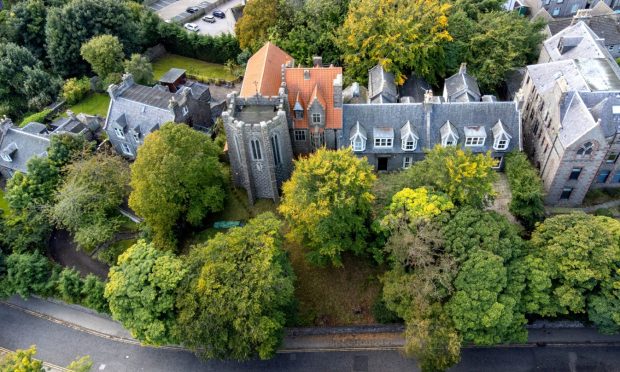
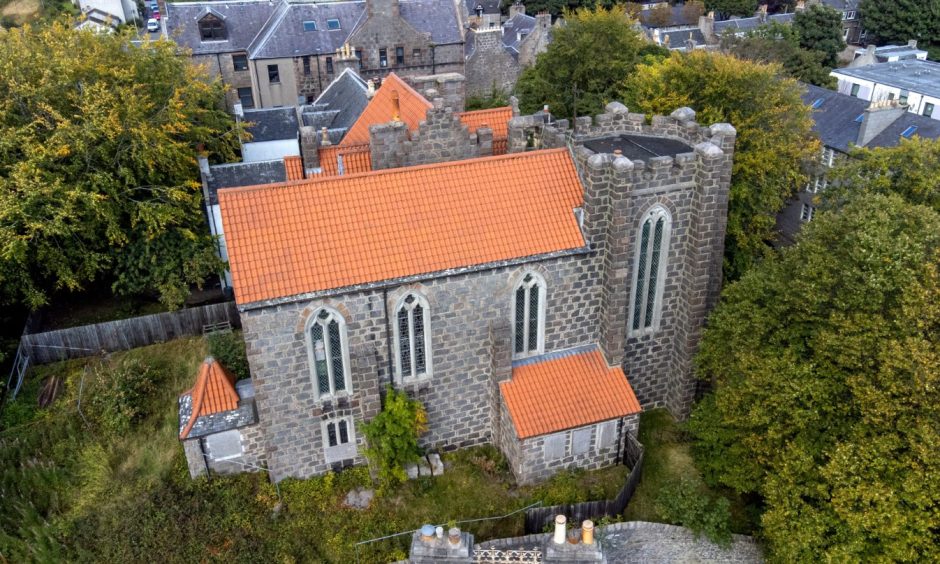
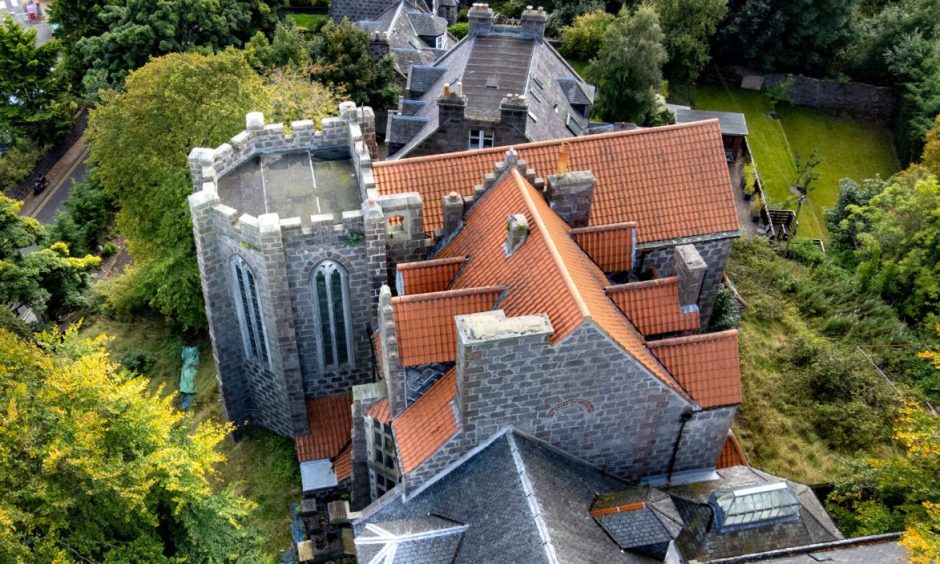
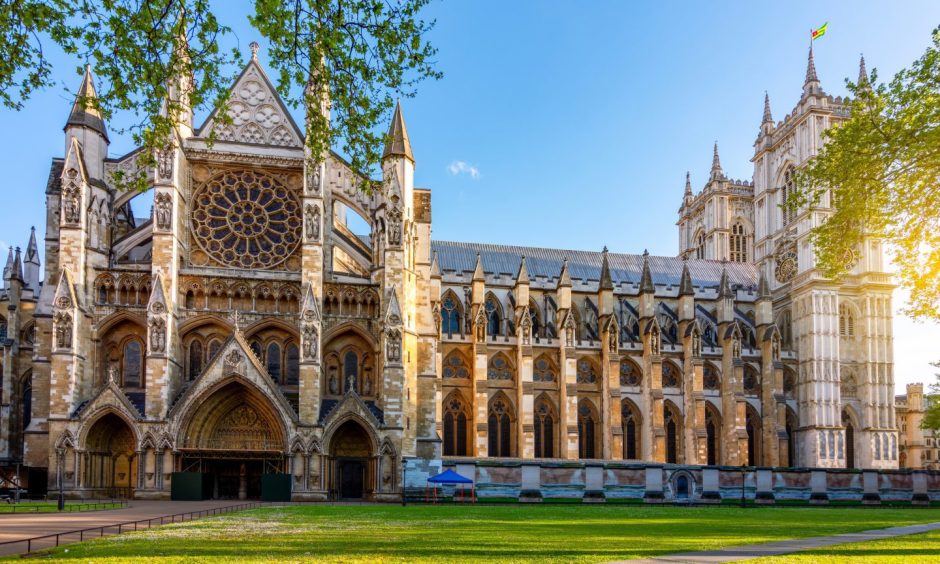
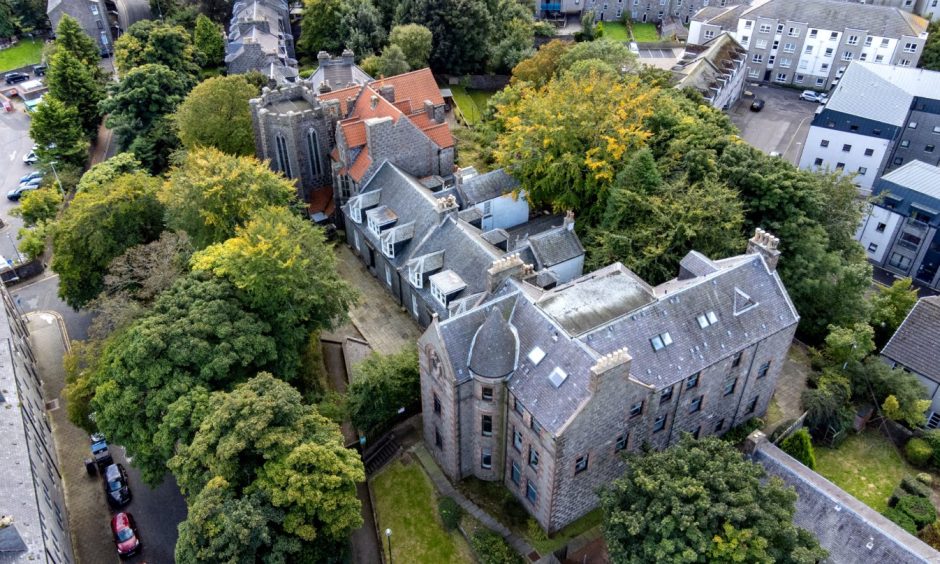
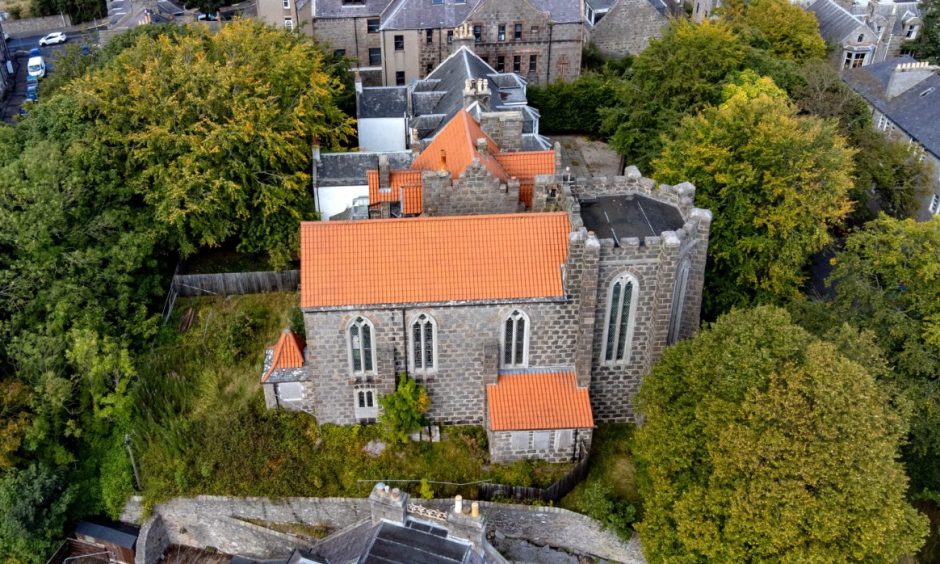
Conversation